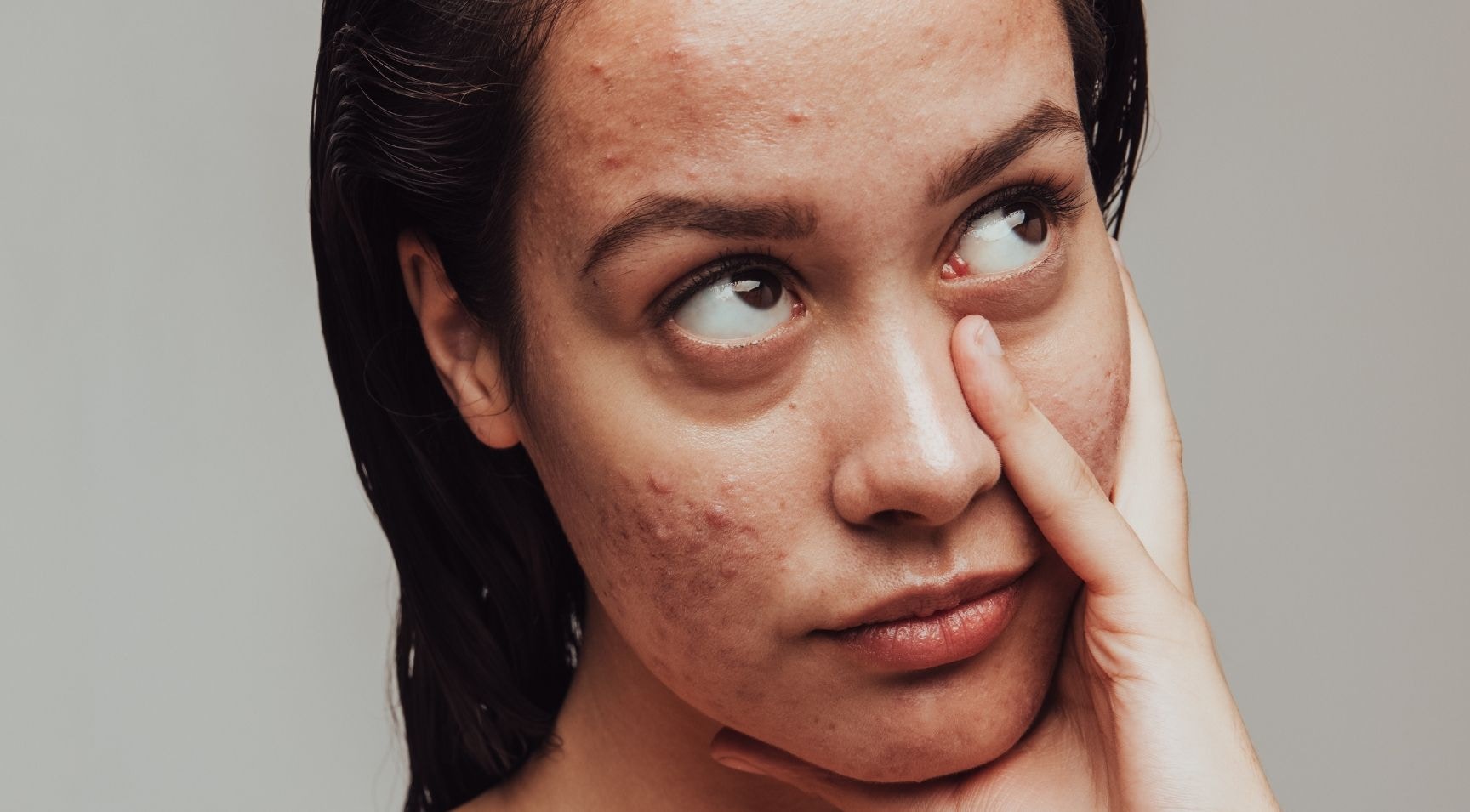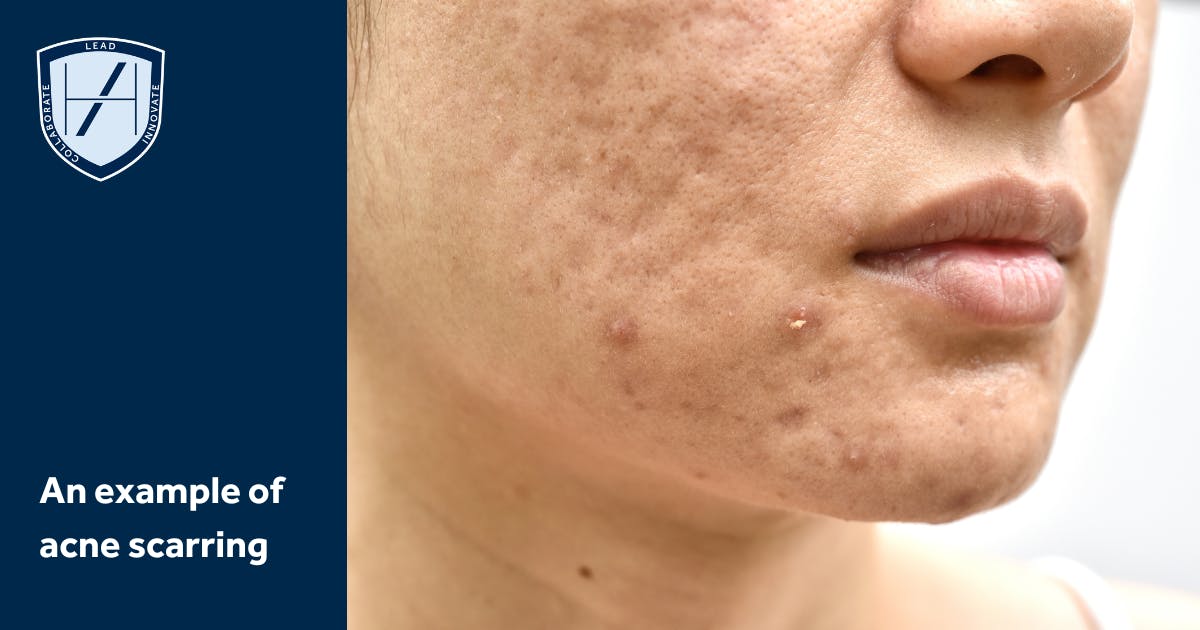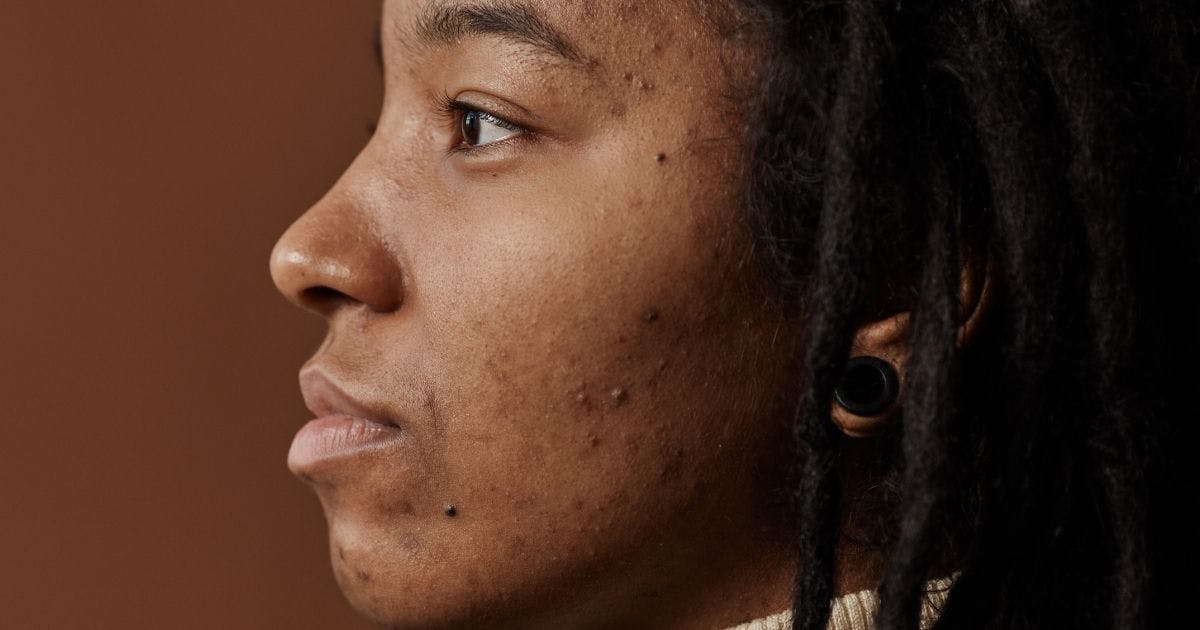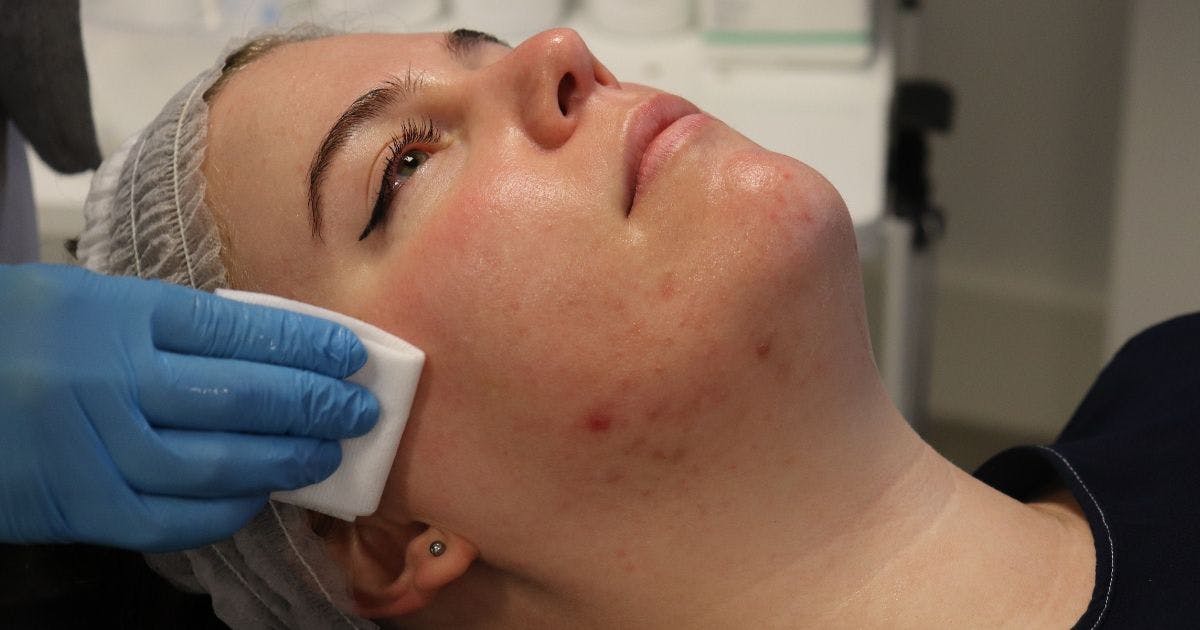Treating Acne Scarring with Dermal Filler

Treating acne scarring with dermal fillers is a great way to improve the appearance of these scars, temporarily.
Aesthetics practitioners should be aware of certain contraindications and safety precautions, before and after injecting hyaluronic acid fillers.
Dr Laura Geige, clinical trainer and aesthetics specialist at STORY Clinics, London, shares what injectors need to know when treating acne scars.

In which instances can aesthetics practitioners use dermal filler to treat facial acne scarring?
Dr Laura explains that “Fillers can be injected under depressed areas to raise the skin and create a more even surface. Especially if the patient has rolling or boxcar scars present.
“However, if the patient has ice pick scars – which are deep and narrow, resembling small puncture marks on the skin – fillers alone may not be as effective. They can sometimes be used in combination with other treatments to improve their appearance”, she notes.
“It's important to note that while fillers can temporarily improve the appearance by plumping the skin, they don't treat the scars themselves.” Dr Laura explains “For longer-term improvement, a combination of treatments such as microneedling, laser therapy, stimulatory filler, chemical peels, or even surgical techniques might be recommended. These aesthetics treatments could be in conjunction with or instead of fillers, depending on the severity and type of scarring.”
What are the contraindications present when treating facial scars?
There are certain instances when filler should not be used for acne scarring.
Dr Laura explains, “Hypersensitivity and healing disorders: individuals with a history of hypertrophic scarring or keloid formation might have an increased risk of developing complications after filler injections. So, if scars are hypertrophic or of keloid origin – fillers together with laser, microneedling, and chemical peel procedures may be contraindicated, especially in less experienced hands.”
She notes, “General contraindications regarding fillers apply and these are:
- Active infections
- Known allergies or sensitivities
- Autoimmune conditions
- Pregnancy and breastfeeding
- Recent cosmetic procedures in the same treatment area
- Medication interactions
- Unrealistic expectations: If a person's expectations of the filler treatment outcome are unrealistic or not feasible, it's essential to discuss these beforehand. This way you can manage expectations appropriately.”

What level of experience do you recommend an aesthetics practitioner has before they attempt treating acne scarring?
“While experience levels can differ, it's crucial that the medical aesthetics practitioner is competent in performing this procedure. They should also have insurance coverage, a deep understanding of safe treatment practices and have completed thorough, appropriate training”, Dr Laura states.
Safety precautions injectors should be aware of when treating acne scarring
“Scars often lead to changes in the skin's structure and composition. This can impact the injection process and increase the risk of complications, particularly vascular occlusion,” Dr Laura states. Filler product selection should be appropriate for the facial layer it’s being used in.
She continues that, “Scar tissue alteration may make it more challenging to accurately identify the deep dermal layer. This is where fillers are typically injected for scar treatment. This altered anatomy, as well as fibrous tissue, can vary significantly among individuals and may complicate the injection technique.”
Dr Laura highlights, “To mitigate these risks, practitioners should:
- Thoroughly assess scar anatomy at rest and when making facial expressions
- Use caution and precision
- Consider alternative approaches such as lasers, microneedling, etc
- Communicate clearly with the patient regarding potential risks, limitations, and alternative treatments
- Manage patient expectations
- Monitor patients during and after the procedure for any signs of vascular compromise or adverse reactions.”

How long do the scar filler results tend to last?
Dr Laura explains, “As a general guideline, expect scar filler results to last between six months to a couple of years. However, this varies among individuals, and occasional touch-up treatments might be needed to sustain or reach the desired outcome.”
Treat aesthetics patients with confidence and knowledge
Knowing how to manage and treat aesthetics patients, whatever their concerns, is crucial for injectors. Whether you’re treating acne scarring with filler or injecting botox, you need to be able to advise patients with confidence and knowledge.
At Harley Academy, we understand the importance of tailoring your treatments to your patient’s goals and concerns. As part of the Combined Level 7 Diploma in Botox and Dermal Fillers and Cosmetic Dermatology, you’ll broaden your skillset in injectable and skin treatments. This will allow you to provide a more holistic approach to your patients and their aesthetics concerns.
The Level 7 is a postgraduate level qualification, designed to elevate your aesthetics skills. It’s Ofqual-regulated and approved by the JCCP, so you know you’re practising ethically and safely. Our Level 7 Diploma provides you with experience working in a real working environment, never sharing patients. This ensures that once you leave with your Level 7 certificate, you are self-assured to address all concerns.
To learn more about what pathways are available to you, book a call with one of our trained Course Advisors.
All information correct at the time of publication
Download our full prospectus
Browse all our injectables, dermal fillers and cosmetic dermatology courses in one document
By submitting this form, you agree to receive marketing about our products, events, promotions and exclusive content. Consent is not a condition of purchase, and no purchase is necessary. Message frequency varies. View our Privacy Policy and Terms & Conditions
Attend our FREE open evening
If you're not sure which course is right for you, let us help
Join us online or in-person at our free open evening to learn more
Our Partners














STAY INFORMED
Sign up to receive industry news, careers advice, special offers and information on Harley Academy courses and services

